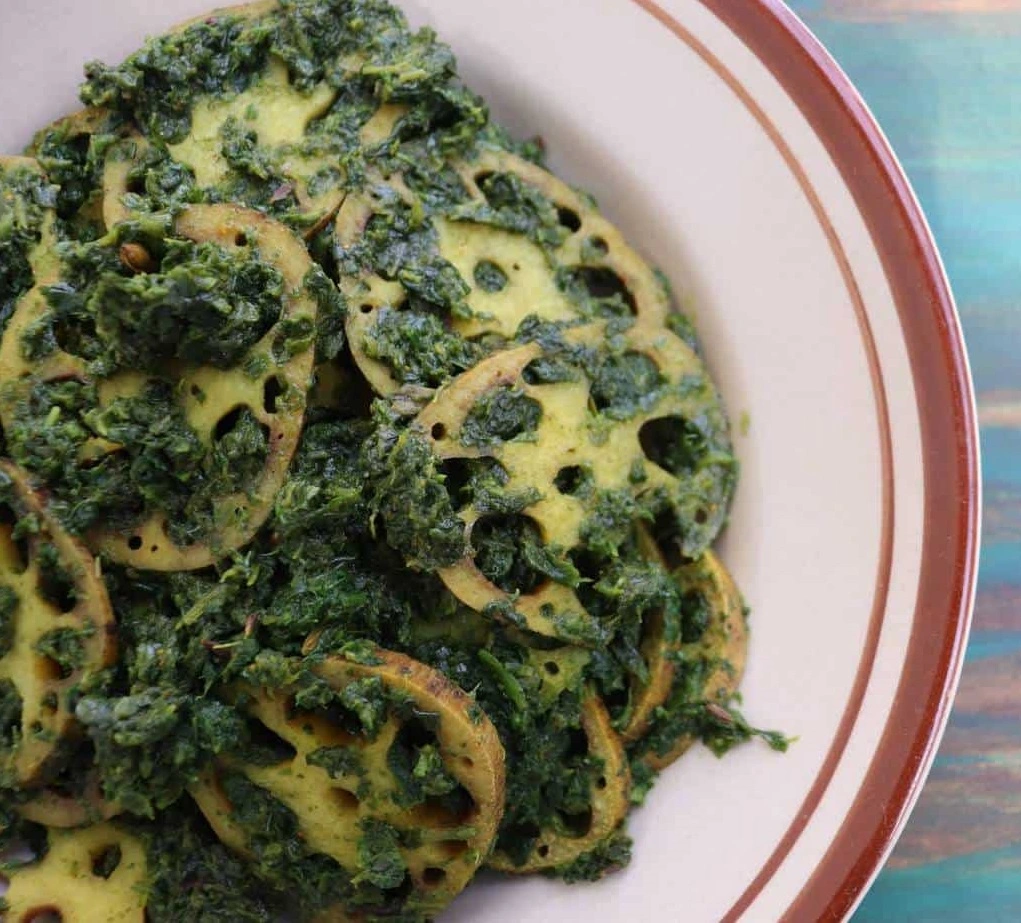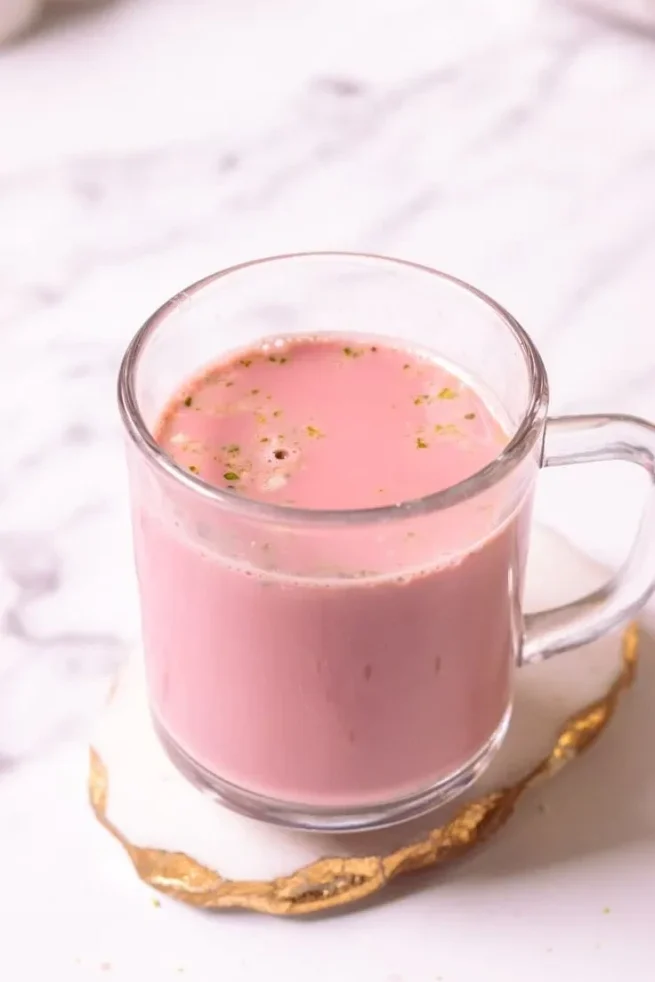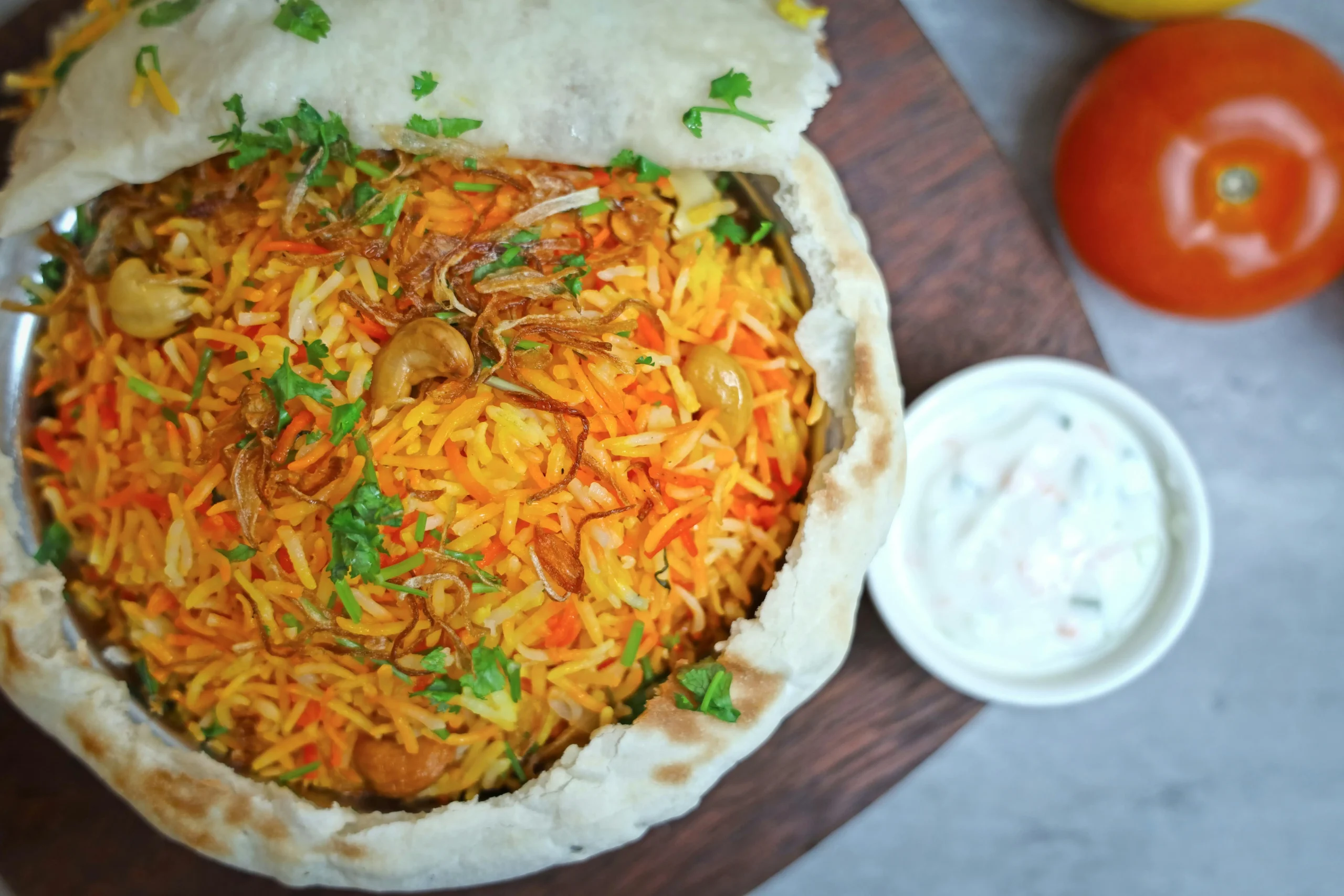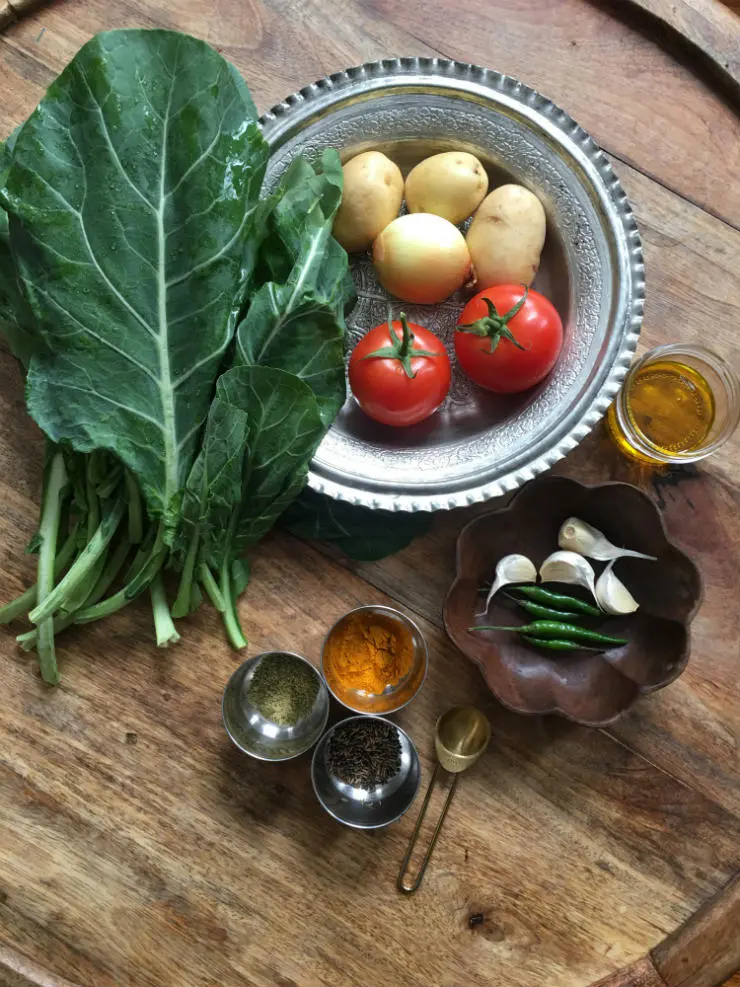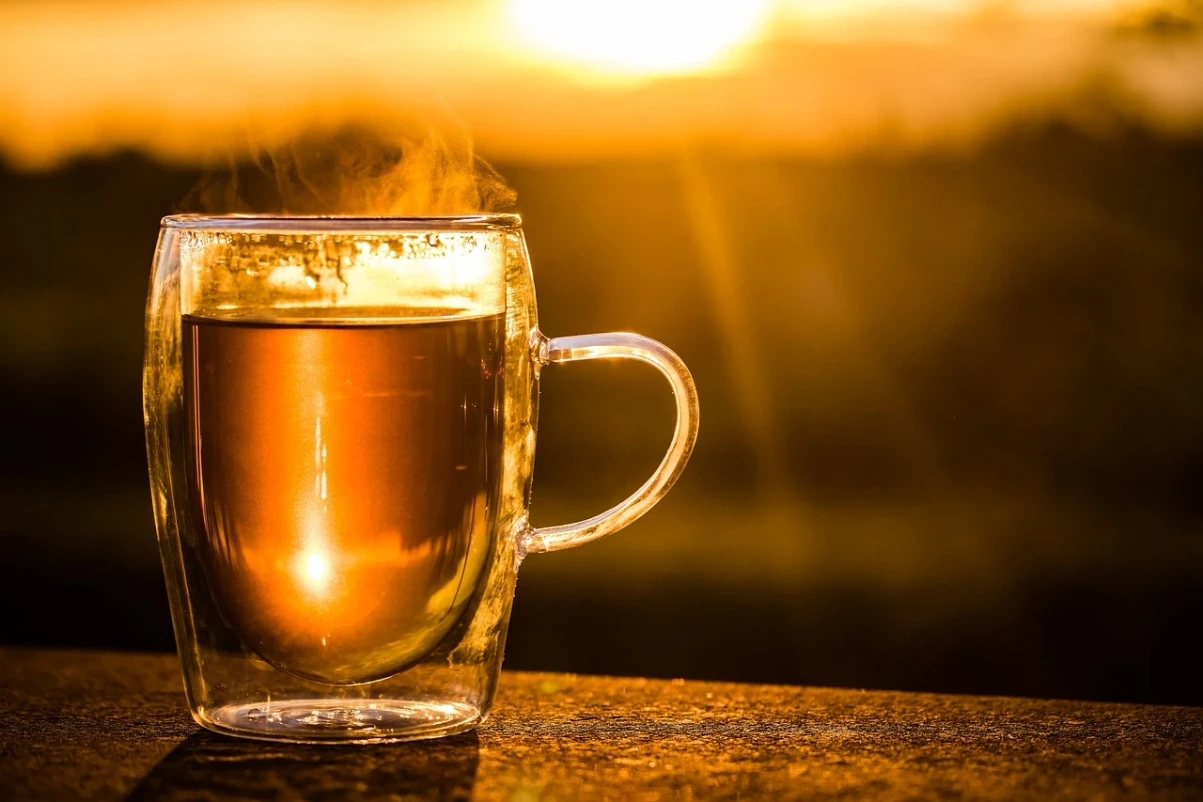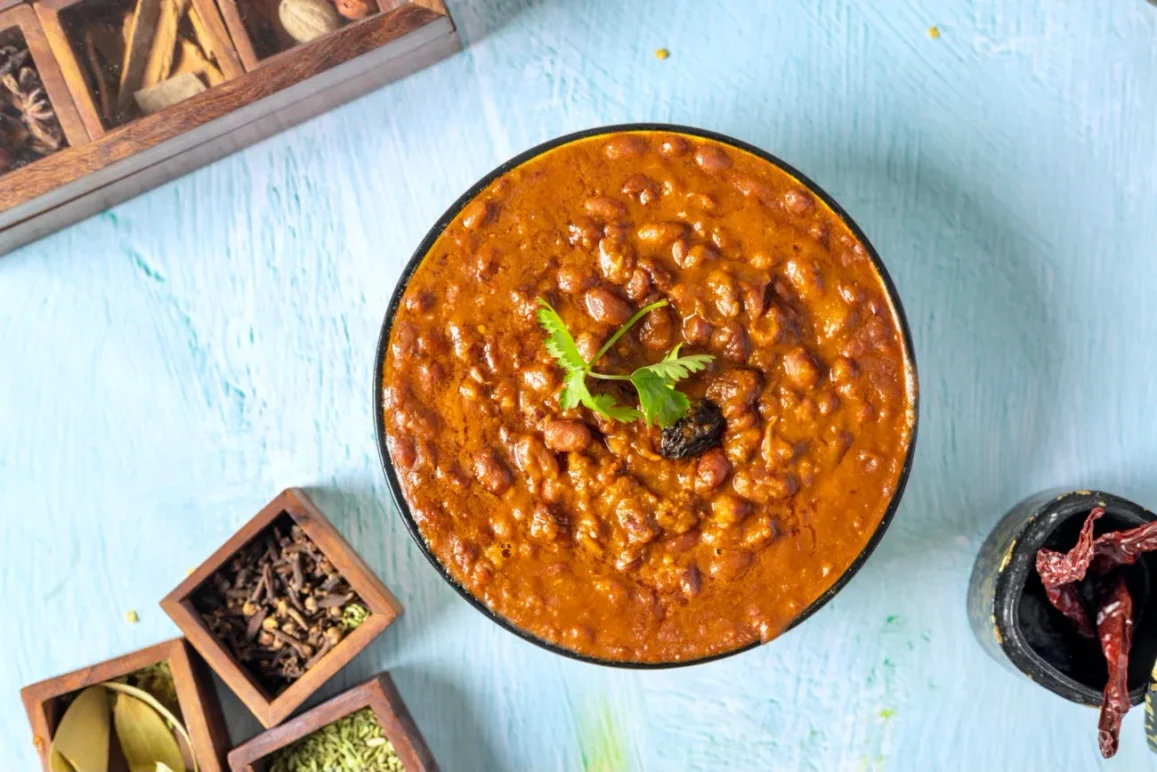Kashmiri cuisine continues to be a highly under-explored culinary reserve and is generally known for its abundance of meat-based dishes. But not many outside the region know that the priceless gem of Kashmiri cuisine is not another protein-based, rich and complex preparation, but the humble Nadru, or lotus stem, also known as lotus root, indigenously grown across its picturesque lakes.
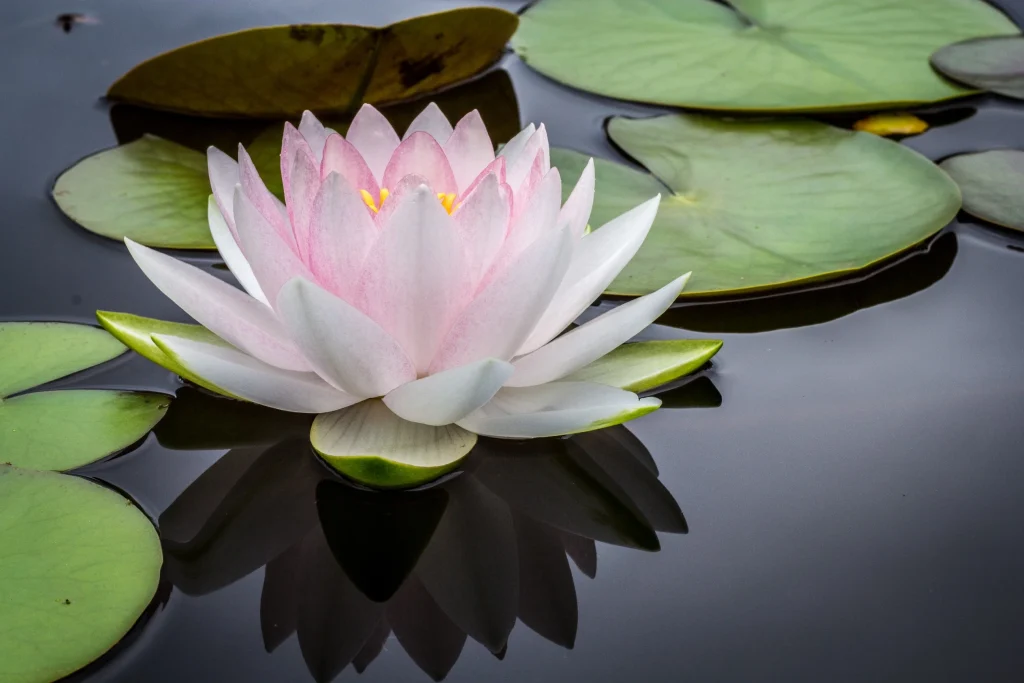
A porous and fibrous lake vegetable that was once commonly available, Nadru grew to become an irreplaceable ingredient in a traditional Kashmiri kitchen. From regular consumption to festivals, Nadru’s earthy and fibrous texture makes it versatile. From being cooked with green beans in dal, or fried into light and crispy street food called nadir monje, Kashmir’s lotus stem, over decades has grown to become representative of the region, so much so that it has the power to replace the usually superior lamb in traditional yoghurt and a cumin-based dish called yakhni. Known as nadru yakhni, this dish is specially cooked during Nowruz, the Iranian New Year, which is popularly celebrated across the Kashmir valley.
A Vegetable as good as Meat.
Nadru’s discovery as a culinary gem dates back to the 15th century during the reign of the eighth sultan of Kashmir, Ghiyas-ud-Din Zain-ul-Abidin. According to local accounts, while on a shikara ride on the Gil Sar lake located on the outskirts of Srinagar, the emperor was first introduced to the brilliance of a lotus plant. Locally harvested by his boatmen, the emperor was served a special evening meal with lotus stems or nadru.
Already captivated by the beauty of lotus flowers, Zain-ul-Abidin was shocked to know that the chewy, flavourful dish was made out of lotus stems. Captivated by the striking beauty of the plant’s flower and the subtle and sophisticated taste of its stem, he decided to introduce lotus to all the lakes of Kashmir, thus making it a mainstream delicacy available for everybody.
Moreover, the chefs who migrated from Samarkand city of Uzbekistan to the valley during the 15th-century invasion by Timur, a Turco-Mongol conqueror, used their spices and skills to elevate the ingredients’ brilliance like no other. Soon, from royal kitchens to common households, Nadru began to dominate Kashmiri kitchens with its steamed, boiled, fried, and spiced dishes.
Owing to its versatility, this food has become a symbol of Kashmir. It is said to be consumed by both Muslims and Pandits, especially during fasts. Its porous texture allows for it to thoroughly absorb all the rich spices and makes for an impressive alternative to mutton or beef while making kebabs, curries, and yakhni.
What is Nadru?
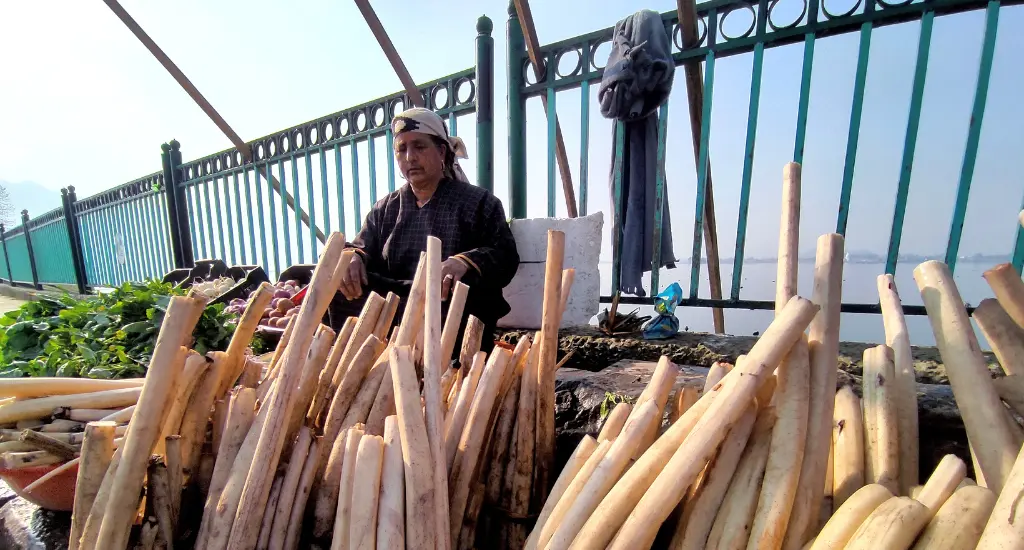
Lotus is an herbaceous perennial aquatic plant belonging to the Nelumbonaceae family. Lotus stem, locally known as “Nadru” in Kashmir and “Kamal Kakdi” in India, is one of the novelties of the Kashmir valley. It grows in shallow parts of water bodies like Dal Lake, Wular Lake, Mansar Lake, and ponds. The lotus stem, although an expensive delicacy, is much loved in Kashmir and is used in many Kashmiri dishes. In most of the Asian countries, almost every part of this plant is consumed, but here in the valley, only the stem and its seeds are in demand.
Lotus root is an underwater root vegetable, creamy white in colour with a porous structure, and has a shape resembling a long stick. It can grow up to a length of 4 feet. The distinctive dried seed heads resemble the spouts of watering cans, and they are famous in Kashmir by the name of “Pambach”. The lotus plant is deeply connected to the history of China and India.
Nadru, or lotus stem, is cherished in Kashmiri households due to its versatility, cultural significance, and nutritional value. It’s a staple vegetable in Kashmiri cuisine, used in numerous dishes, and is particularly valuable on fasting days and during festivals. Such is the craze for this edible stem of the symbolic lotus plant, which serves as a token of love or a prized gift in Kashmir culture. A bunch of Nadru stems is a prized gift or treat exchanged between acquaintances, friends, or relatives, especially during winters and festivities.
Nutritional benefits of Nadru
Beyond being a culinary gem, lotus stem or Nadru has several medicinal properties that elevate its gastronomic importance significantly.
Low in saturated fat and cholesterol, it is also a rich source of dietary fibre, nutrients, and minerals like vitamin C, vitamin B, vitamin E, potassium, thiamin, phosphorus, iron, copper, manganese, and pantothenic acid. Known to be a fat-free vegetable, it is packed with phytonutrients that help in building up a robust immune system and reduce the risk of heart diseases and strokes.
With good vasodilator properties, Nadru is also said to improve blood circulation and help manage blood pressure. And with vitamin B complex and pyridoxine in it, Nadru is known to aid in reducing stress considerably. Pyridoxine, found in the lotus stem, also contributes to improving heart health in general.
Also, the abundance of fibre content helps prevent constipation and aids in the digestion process. Eating it once or twice a week, for people suffering from gut-related problems, is often said to be beneficial.
Popular Kashmiri Nadru Dishes
Nadru Yakhni is a very popular recipe from Kashmir. Lotus stems are called nadru in Kashmir. It is a very traditional recipe of the Kashmiri Pandit community.
Nadru yakhni is a very simple curry made with flavourful spices/ garam masala and fresh yogurt. The addition of turmeric is optional. This curry is made without any onion, garlic, gram flour, cashew, etc. I have added 1 tsp of gram flour to avoid curdling of yogurt, but it is optional.
Kashmiri Nadru Monje is a famous Kashmiri street food recipe. These pakoras are super easy to make, just dip the lotus stem in rice flour, season it with different spices, and deep fry until golden brown. Pair it up with your favourite dip.
Kashmiris love both lotus stems and spinach, and if you cook them together, they are in heaven. Use of basic spices makes this dish even more flavourful.
Step-by-Step Nadru Palak Recipe:
Ingredients
- 250 grams of lotus stems, thinly sliced
- 1 bunch spinach, chopped
- 2 teaspoons oil + to deep fry
- Salt to taste
- 2 tablespoons mustard oil
- 1 teaspoon caraway seeds (shahi jeera)
- 1/4 teaspoon asafoetida
- 1/4 teaspoon dried ginger powder (soonth)
- 1/4 teaspoon fennel seed (saunf) powder
- Black salt (kala namak) as required
- 1/4 teaspoon garam masala powder
- Red chilli powder to sprinkle
Method
- Heat oil in a non-stick kadai, add lotus stems and a pinch of salt, sauté on high heat for 5 minutes or till they turn golden brown and crisp. Drain on absorbent paper.
- Heat mustard oil in the same kadai till it begins to smoke. Add caraway seeds, asafoetida, and spinach and mix well. Add salt and a little water and mix. Cover and cook for 5-7 minutes or till spinach is cooked.
- Mash the spinach lightly with the spatula. Add the sautéed lotus stems, dried ginger powder, fennel seeds powder, black salt, and Tata Sampann Garam Masala and mix well.
- Reduce heat, add 2 tablespoons water, cover, and cook for 5-7 minutes or till they are just done.
- Meanwhile, heat sufficient oil in a deep pan, drop in the lotus stem slices and deep-fry till golden brown and crisp. Drain on absorbent paper, sprinkle black salt and red chilli powder.
- Transfer the nadru palak on a serving plate, garnish with the fried lotus stem, and serve hot with rice.
Cultural and Festival Importance
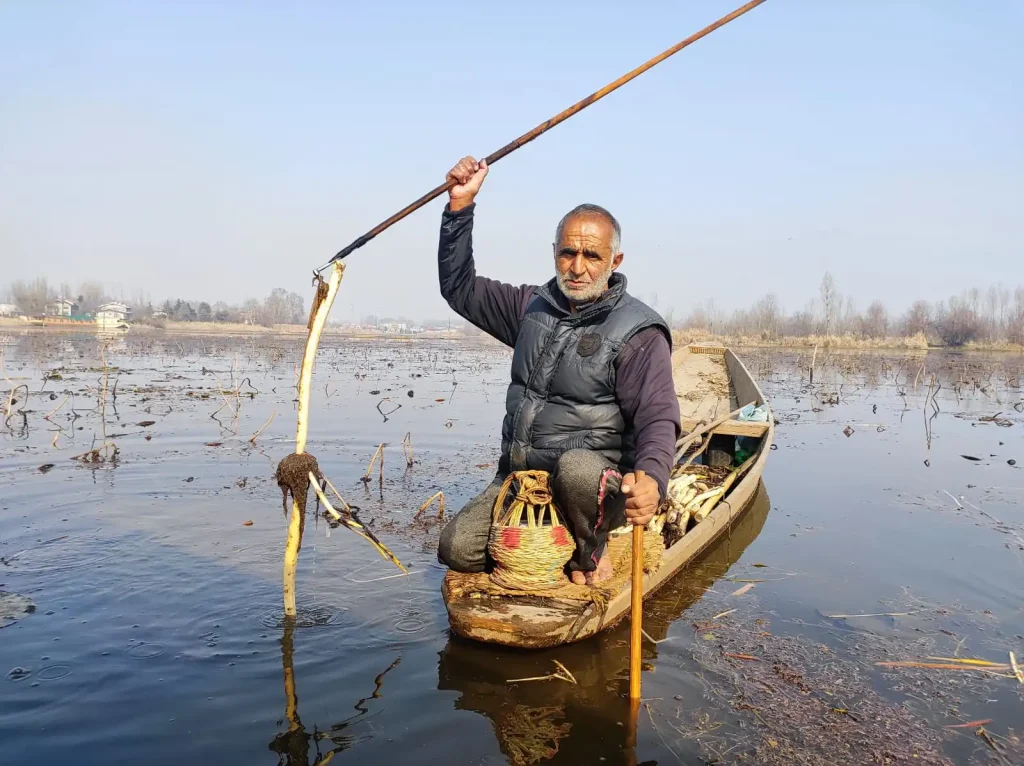
In Kashmiri Wazwan—the grand multi-course feast that symbolizes the region’s culinary pride—Nadru holds a special place. Though Wazwan is known for its rich meat dishes, lotus stem is often featured in key preparations like “Nadru Yakhni” (lotus stem in yogurt gravy) or “Nadru Palak” (lotus stem with spinach). Its crunchy texture and earthy flavor add variety and balance to the otherwise meat-heavy menu. Nadru is not just a vegetarian option; it’s a cultural favorite that reflects the harmony between Kashmir’s freshwater produce and its traditional recipes. Serving Nadru in Wazwan is a nod to both seasonal eating and culinary heritage.
Conclusion
Nadru, or lotus stem, is not only a culinary staple in Kashmiri cuisine but also boasts significant health benefits and a rich heritage value. It’s a nutritious vegetable, rich in fiber, vitamins (C, B, E), and minerals like potassium and iron. The lotus stem has a unique crunchy texture and is often used in various Asian cuisines, particularly in soups and stir-fries.

